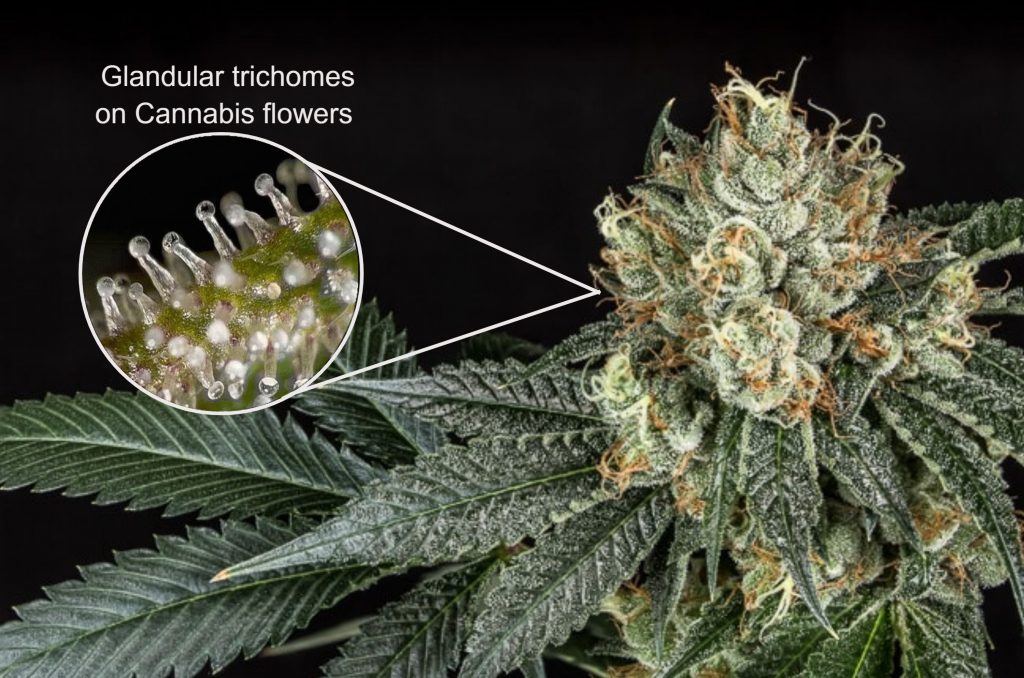9 5.1: Introduction and Origins of Cannabis in Medicine
Learning Objectives
After reading this section, you will be able to:
- Know the three main species of Cannabis
- Describe the first uses of Cannabis sativa in medicine
- Describe the basic morphology of a Cannabis sativa plant
Cannabis is an annually flowering plant that’s a member of the Cannabaceae family and is cultivated mainly in countries like India and China. Taxonomists have classified cannabis into three main species: Cannabis sativa (taller and more fibrous), Cannabis indica (shorter and psychoactive), and Cannabis ruderalis which is considered to be wild.
According to several historians, Cannabis was first used million of years ago during the Holocene epoch in areas of Central Asia (Figure 1.1). It spread all over Eurasia and the rest of the world thanks to human domestication and its ability to adapt to various environmental conditions. Ancient records suggest that the first humans that adopted a more sedentary life started to cultivate C. sativa for its nutritious seeds as a source of amino acids and its resistant fibers to create fishing nets.
C. sativa was also known to have medical properties, so its use in medicine started approximately 5,000 years ago in ancient China, when the first Chinese pharmacopeia was established. At that time, Chinese physicians prescribed it for fatigue, rheumatism, and malaria, and recommended its seeds for menstrual cramps and inflammatory diseases. Historians report that in the 4th century, Egyptian women used C. sativa to attenuate pain and uplift their mood.

The modern use of C. sativa in medicine began in the nineteenth century, when the scientific method was applied to further understand its pharmacological and biochemical properties. William O’Shaughnessy, an Irish physician who worked in India, was the first person to introduce cannabis to the medical community in Europe. By the late nineteenth century, Cannabis was widely utilized in the Americas as cigarettes, tinctures, and drugs prescribed to treat pain. However, the use of medical Cannabis decreased in the 1930’s and 1940’s since many began to think that cannabis consumption was related to crime, violence, and other problematic social behaviours. This led to the banning of cannabis in many countries around the world, but it is only recently that cannabis has been reintroduced and doctors prescribe it today to help with many medical conditions including pain, cardiovascular and bowel diseases.
YOU CAN(NABIS) LEARN MORE…
Cannabis Plant: The Basics

C. sativa is a short-day flowering plant with erected stems that uses a taproot system and grows easily in a nitrogen-rich soil. C. sativa is classified as female if the plant looks robust and short, and classified as male if the plant looks taller and less robust. The leaves are a common method of identification, consisting of three to twelve leaflets with a serrated margin.
Moreover, a small fruit is produced per flower, and its seeds spread thanks to wind-pollination or bird predation. The plant is rich in trichomes, a glandular and epidermal outgrowth that covers the leaves and stems of the plant. These trichomes contain metabolites known as phytocannabinoids, which act as the defense mechanism against insects and pests (Figure 1.2).
Challenge Yourself!
